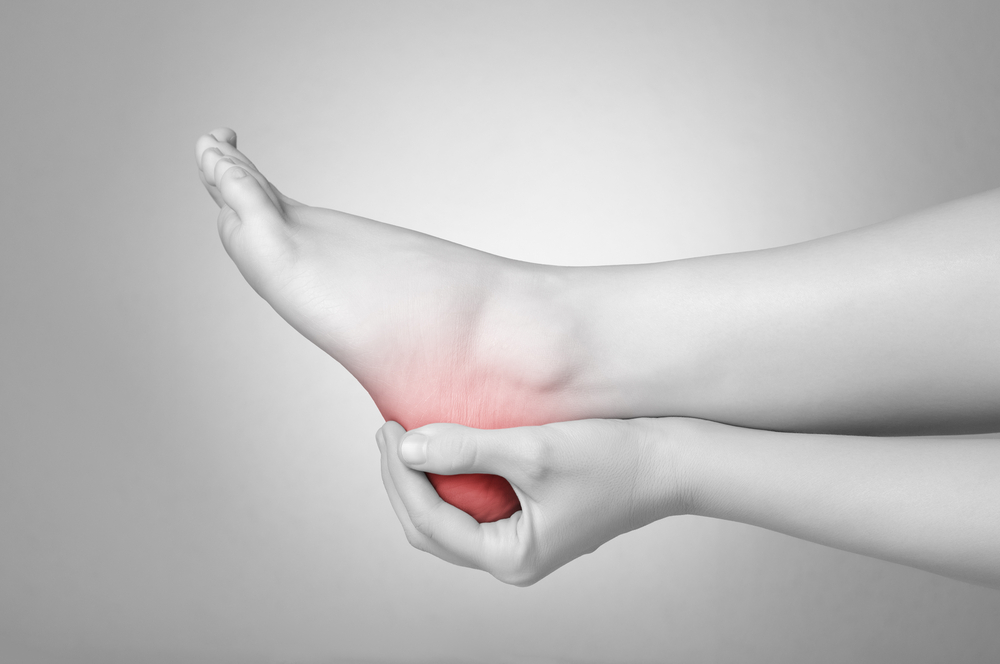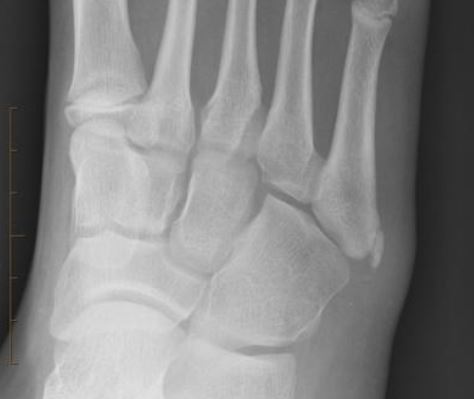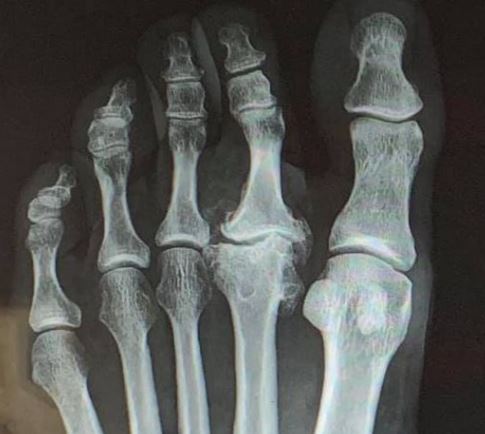The term “growing pains” is a commonly misused term for any aches and pains in growing children. True growing pains are not related to growth and the terms “leg aches” or “leg pain” are probably better alternative names for the condition. Growing pains are common and usually quite benign, but the differential diagnosis includes some potentially very serious conditions so growing pains do need to be taken seriously and investigated thoroughly. Up to a third of children may be affected by this.
The true syndrome of “growing pains”, by definition:
- generally peaks around ages 4 to 5 but can occur up to age 12
- generally occurs in popliteal fossa behind the knee and top of the calf muscles
- usually relieved by gentle massage from the parents
- does not cause the child to limp
- only occurs at night (true growing pains do not occur during day)
- systemically they are not unwell and there is no fever
What are the symptoms of true growing pains?
The classic symptoms of growing pains are pain at the back of knee and upper calf muscles that occur at night. The symptoms do not affect the knee joint itself. The pains can last anywhere from minutes up to a couple of hours. The pain is not there in the morning – if the pain is still there, then consider other causes. True growing pains do not occur in other parts of the body. The problem tends to be episodic and often does not occur every night. If the symptoms to not match this classic presentation, then they are probably due to something else.
The differential diagnosis for growing pains include: bone tumors (this often presents as deep aching pain that is more localized); hip dysplasia; infections; juvenile chronic arthritis; spinal disorders; Perthes disease; or a slipped capital femoral epiphysis. Many of these are potentially serious, hence that need for a thorough investigation of every pain that may present with symptoms that appear to be like growing pains.
Red flags for these other conditions include being systemically unwell (eg fever); limping; morning symptoms; and more widespread pain than just behind the knee area.
What causes growing pains in the leg?
The cause of true growing pains is not known. Suggested and speculated factors include being related to muscle fatigue and overexertion, lower pain thresholds, vascular perfusion issues (similar to migraines), chemical imbalances and possible genetic factors. Emotional disturbances and family issues are more common in children with growing pains and may play a role.
What can be done for growing pains in the leg?
The most important part of treating growing pains is not to dismiss them simply as “growing pains”. That is because it is crucial to not overlook the potentially serious problems that have similar symptoms.
Most importantly, is reassurance of child and parents as to self limiting and benign nature of the condition. It will get better, it may just take some time. As this typically wakes the child up and can be quite distressing, a lot of reassurance of the child is needed. Gentle massage or rubbing and applying a hot pack may help the child get back to sleep. Stretching has shown to be effective.
If the pains are quite troubling for the child and regularly wakes the child, NSAID’s can be tried at bedtime.
Forum topics on growing pains:
Growing Pains in Children
Night-time foot pain in children
Defining Growing Pains
Growing pains and vitamin D supplementation
Are ‘growing pains’ and ‘restless legs syndrome’ the same thing?
Personal Opinion on Growing Pains
Every few years there is a report in the news media of a child who has a serious malignant bone tumor (or something similar) that started in the leg and was initially dismissed as nothing more than ‘growing pains’: PLEASE take growing pains seriously and rule out the potentially serious conditions for the symptoms.
Author:
University lecturer, runner, cynic, researcher, skeptic, forum admin, woo basher, clinician, rabble-rouser, blogger, dad.



